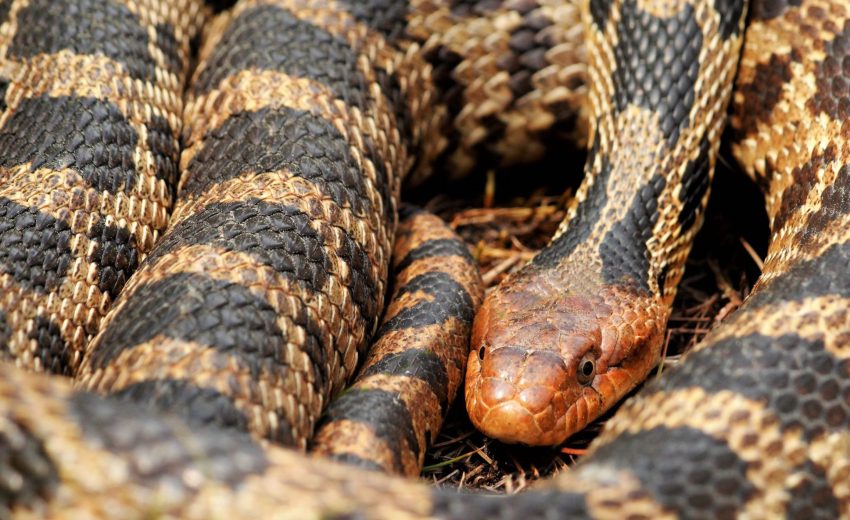The eastern fox snake can be found around the northeastern portion of Canada and the United States, near the Great Lakes region. They prefer to dwell in forest edges, prairies,
- Zoology
- Daily Critter Facts
- For Teachers
- Study Guides
- Diseases & Parasites
- Contact

